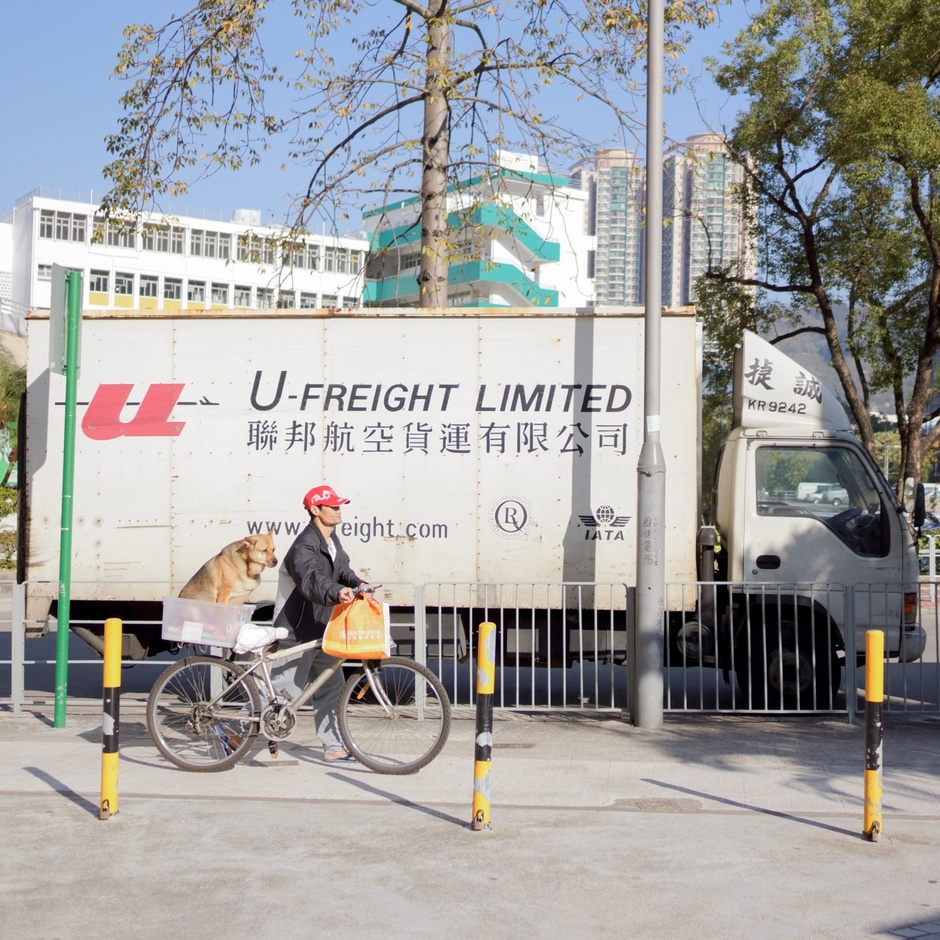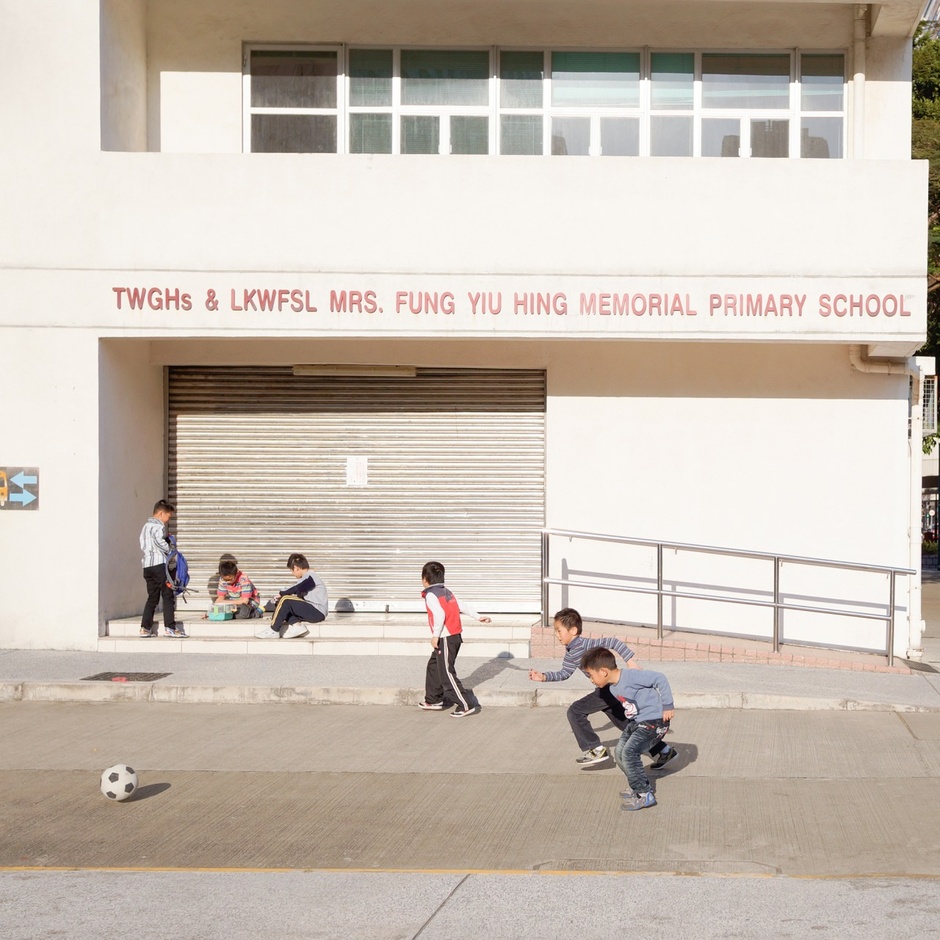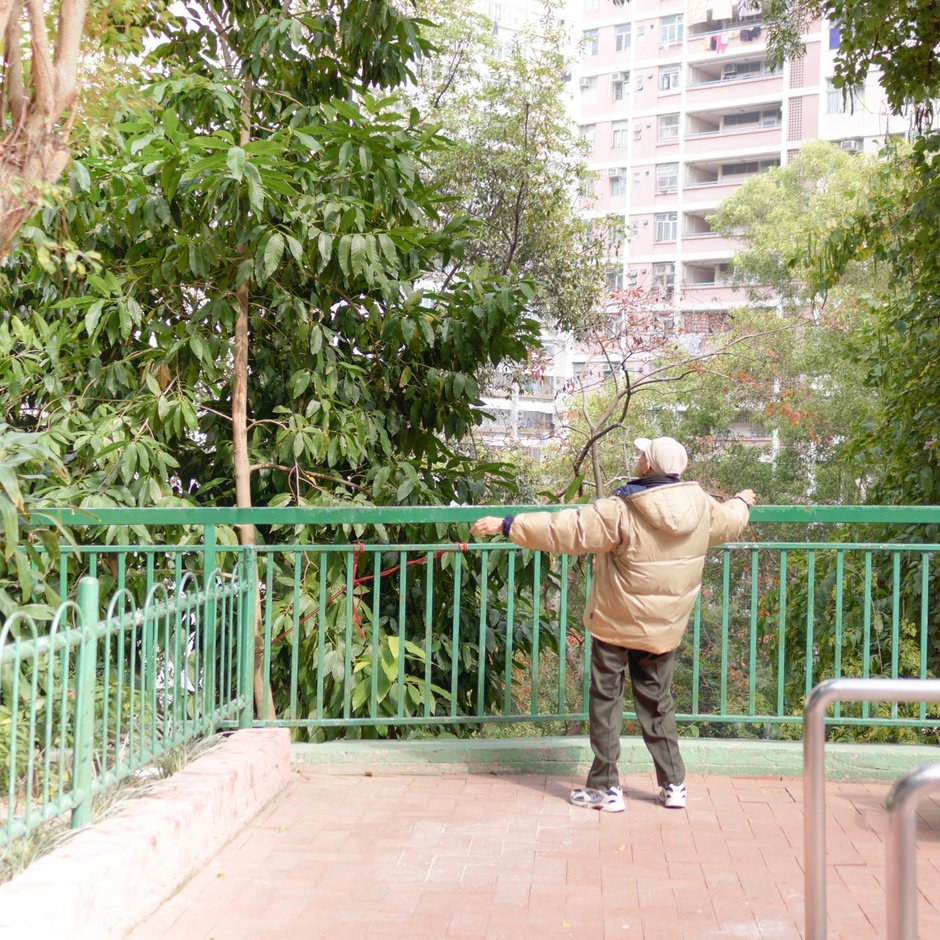Photographer Cheuk-ning Chung captures the neighbourhood feel of government-owned housing in one of the densest cities in the world.

There are over 235 public housing projects (known as “estates”) in Hong Kong today. Cheuk-ning Chung wants to photograph all of them.
Since 2013, the Hong Kong-based photographer has been spending her free time methodically visiting the city’s low-income housing developments and sharing what she finds on her Tumblr, “Hong Kong Public Housing Estates.” (There’s also a Facebook page.)
With 7.2 million residents crammed into a relatively small island land mass, the global financial center can’t seem to build enough housing. Average home sale prices have skyrocketed over 300 percent since 2003, according to recent data compiled by the City University of Hong Kong and real estate agency Centaline.
“In the past, people who lived in public estates were more or less regarded as poor or lower class,” Chung says. “But now,” she adds, “people are proud of having any flat, whatever the size, location, condition or whether it’s government or privately owned.”
From our partners:

About 30 percent of the city’s population currently lives in public rental housing and the wait to get one of these affordable apartments is 3.1 years (1.7 for elderly applicants). The Hong Kong Housing Authority (HKHA) plans to build another 76,000 units built by 2020.
Chung currently lives in a “Home Ownership Scheme” flat in Chai Wan next to the Fung Wah estate. But her curiosity about Hong Kong’s public housing began as a child, growing up in a privately-owned house and visiting her classmate in a nearby public housing complex. Noticing how the residents seemed to spend a lot of time outside, either to socialize or be left alone, she became fascinated by the estate’s neighborhood feel. “The relationship among estate people is totally different from those who live on private property,” Chung tells us.

Chung’s photos take a calm, simple approach to daily life in and around each estate. Each development appears able to accommodate the needs of an elderly introvert as easily as a pack of rambunctious children. For anyone stuck on the city’s public housing waiting list, these images just might make the hold up seem worthwhile.













This feature originally appeared in CityLab.












